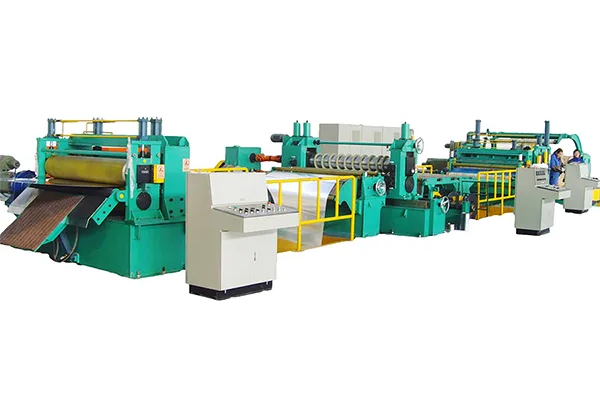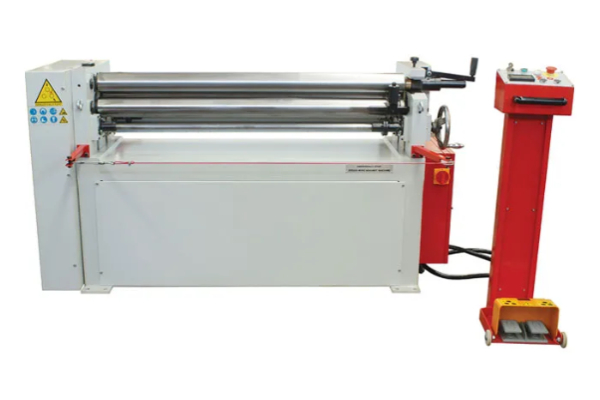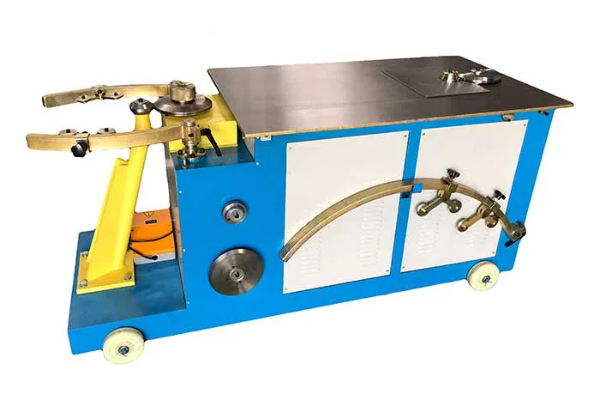
Best Practices for Designing Parts for Fiber Laser Sheet Cutting
- By:Metmac
- 2024-08-29
- 133
Best Practices for Designing Parts for Fiber Laser Sheet Cutting: Elevate Your Fabrication to Precision
In the realm of metal fabrication, precision is paramount. Fiber laser sheet cutting, with its unmatched accuracy and efficiency, has revolutionized the industry. However, to fully harness its capabilities, meticulous attention must be paid to part design. By adhering to these best practices, you can ensure optimal results and maximize productivity.
1. Optimize Material Thickness:
Fiber lasers excel at cutting thin materials ranging from 0.001″ to 1/2″. Select the appropriate material thickness for your application to prevent over-burning or incomplete cuts.
2. Minimize Weld Joints:
Weld joints create potential weak points. Design parts that minimize the number of joints to enhance structural integrity. If joints are necessary, use lap or edge joints to maintain strength.
3. Avoid Small Features:
Fiber lasers are highly accurate, but they may struggle with extremely small features. Consider using other cutting methods for intricate details or holes under 0.020″.
4. Contour Cutting vs. Piercing:
Contour cutting provides smooth edges, while piercing creates holes. Utilize contour cutting whenever possible to reduce sharp burrs and improve edge quality.
5. Bend Radii and Kerf Allowance:
When bending parts after cutting, consider the bend radii and kerf allowance. Taper the laser path on the outside edge of the bend to prevent cracking. Ensure sufficient allowance for the kerf width to avoid distortion.
6. Material Orientation and Grain Direction:
Grain direction can affect cutting quality. Orient the material correctly to minimize fiber orientation and produce uniform cuts.
7. Exit Holes:
Provide exit holes for piercing operations to prevent meltback and material adhesion. Holes should be placed at a slight angle to facilitate gas flow.
8. Nitrogen Assist Gas:
Nitrogen assist gas protects the cut edge from oxidation and ensures clean cuts. Use optimal pressure and flow rates for the material and thickness.
9. Edge Preparation:
Deburring or edge preparation is essential after cutting. Plan for deburring operations and consider using chamfering or rounding techniques to create a smooth and functional edge.
10. Software Considerations:
Utilize advanced CAD/CAM software that supports fiber laser cutting. This allows for efficient nesting, toolpath optimization, and accurate simulation.
By adhering to these best practices, you can design parts that leverage the full potential of fiber laser sheet cutting. From prototypes to high-volume production, precision, efficiency, and quality will elevate your fabrication processes to new heights.
-
Bending Brakes: The Art of Precision in Metal Forming
2025/11/11 -
Sheet Metal Cutting Machine: The Foundation of Precision Fabrication
2025/11/11 -
Sheet Bending Machine: The Cornerstone of Precision Metal Fabrication
2025/11/11 -
Sheet Metal Bending Machine: The Precision Force Behind Modern Fabrication
2025/11/11
-
Advanced Sheet Metal Rolling, Laser Cutting, and Folding Machines for Precision Fabrication
2025/10/31 -
High-Performance Sheet Metal Bending and Cutting Machines for Modern Fabrication
2025/10/31 -
High-Quality Sheet Metal Equipment for Sale: Efficient Solutions for Modern Manufacturing
2025/10/31 -
High-Performance Sheet Metal Equipment for Sale: Forming and Shearing Solutions for Modern Fabrication
2025/10/22
-
A Guide to the Latest Innovations in Sheet Metal Folding Machines
2024/11/29 -
Key Features to Consider When Investing in a Sheet Metal Folding Machine
2024/11/28 -
Enhancing Precision with Advanced Sheet Metal Folding Machines
2024/11/27 -
How to Choose the Right Sheet Metal Folding Machine for Your Workshop
2024/11/26







